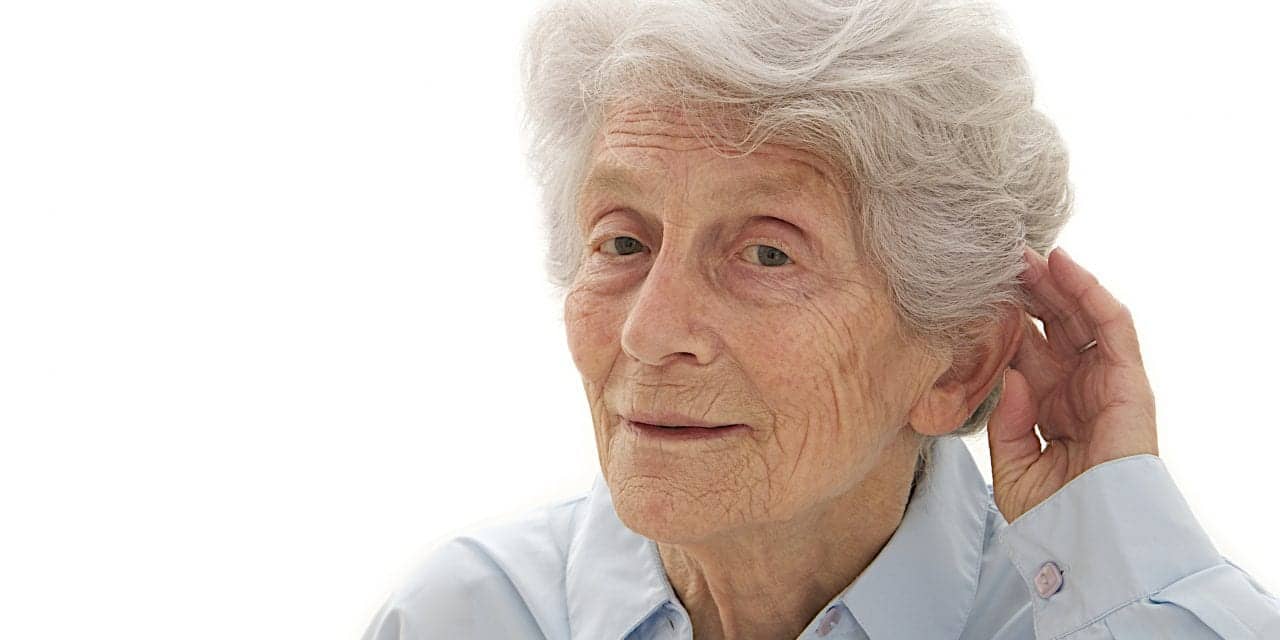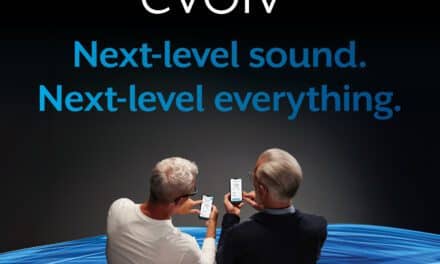A comparison between less-expensive, over-the-counter hearing assistance devices and a conventional hearing aid found that some of these devices were associated with improvements in hearing similar to the hearing aid, according to a study published by JAMA, the JAMA Network announced.
Presently, hearing aids can only be purchased in the United States through a licensed professional, with an average cost of $4,700 for two hearing aids (uncovered by Medicare). According to nationally representative estimates, less than 20 percent of adults with hearing loss report hearing aid use. Personal sound amplification products (PSAPs) are less-expensive, over-the-counter devices not specifically labeled for hearing loss treatment, but some are technologically comparable with hearing aids and may be appropriate for mild to moderate hearing loss.
Nicholas S. Reed, AuD, of the Johns Hopkins School of Medicine, Baltimore, and colleagues compared five of these devices (costs, approximately $350 to $30) with a conventional hearing aid (cost, $1,910) among 42 adults (average age, 72 years) with mild to moderate hearing loss. The researchers found that the change in accuracy in speech understanding from unaided to aided varied by device. Three of the PSAPs were associated with improvements in speech understanding that were similar to results obtained with the hearing aid; one demonstrated little improvement; and speech understanding was worse with one PSAP.
“Results lend support to current national initiatives from the National Academies, White House, and bipartisan legislation requesting that the US Food and Drug Administration (FDA) create a new regulatory classification for hearing devices meeting appropriate specifications to be available over the counter,” the authors write.
A limitation of the study was the modest number of participants.
Original Paper: Reed NS, Betz J, Kendig N, Korczak M, Lin FR. Personal sound amplification products vs a conventional hearing aid for speech understanding in noise. JAMA. July 4, 2017; 318(1):89-90. doi:10.1001/jama.2017.6905
Source: JAMA





